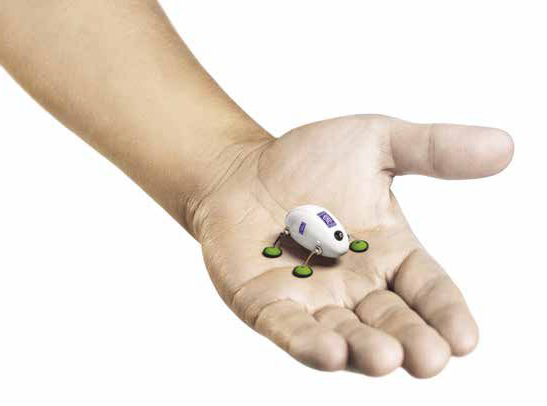- Joined
- 25 June 2009
- Messages
- 14,108
- Reaction score
- 4,239
SWARM robots have already been mentioned on this forum [ https://www.secretprojects.co.uk/threads/rolls-royce-swarm-engine-repair-microrobots.30577/ ] but they are merely one in a handful of Rolls-Royce programs aimed at robotic engine maintenance, for which the company teamed up with academics from the University of Nottingham and Harvard University, as well as companies such as Oxsensis, BJR Systems, Roke Manor and Metallisation.
Source: Aviation Update (India, August 2018)
Rolls-Royce Developing Robotics For Engine Maintenance
Rolls-Royce demonstrated an exciting vision of how robotics could be used to revolutionise the future of engine maintenance. Bringing another element of its IntelligentEngine vision to life, Rolls-Royce teamed up with academics from the University of Nottingham and Harvard University to discuss and demonstrate a wide range of potential future technologies at the Farnborough Airshow, from ‘snake’ robots that work their way through the engine like an endoscope, to miniature, collaborative ‘swarm’ robots that crawl through the insidesof an engine.
The IntelligentEngine vision, first introduced by Rolls-Royce at the Singapore Airshow earlier this year, describes a world where product and service have become so closely connected that they are inseparable.
This vision drives activity across a range of fields, including robotics, with a particular focus on digital technologies. The robotic technologies displayed today each represent an opportunity to improve the way engine maintenance is delivered, for example by speeding up inspectionprocesses or by removing the need to take an engine off an aircraft in order to perform maintenance work. This has the potential to offer significant benefits for customers by reducing the cost of engine maintenance, increasing the availability of an engine and ensuring any maintenance required is completed as quickly as possible.
The technologies on display were at varying levels of maturity, and included:
Dr James Kell, Rolls-Royce, On-Wing Technology Specialist, added: “While some of these technologies, such as the SWARM robots, are still a long way from becoming an everyday reality, others, such as the remote boreblending robot, are already being tested and will begin to be introduced over the next few years. We have a great network of partners who support our work in this field and it is clear that this is an area with the potential to revolutionise how we think about engine maintenance."
Source: Aviation Update (India, August 2018)


